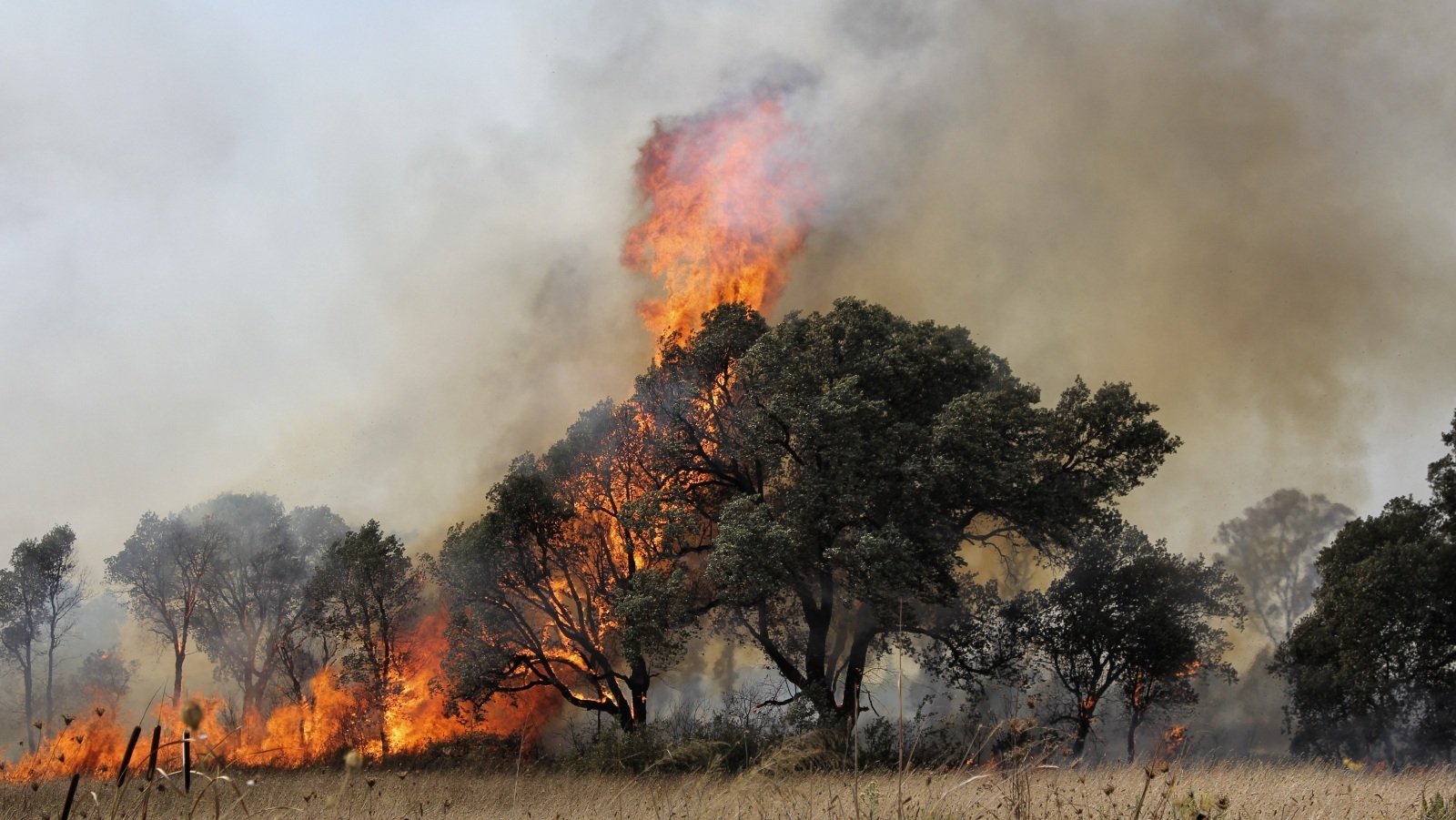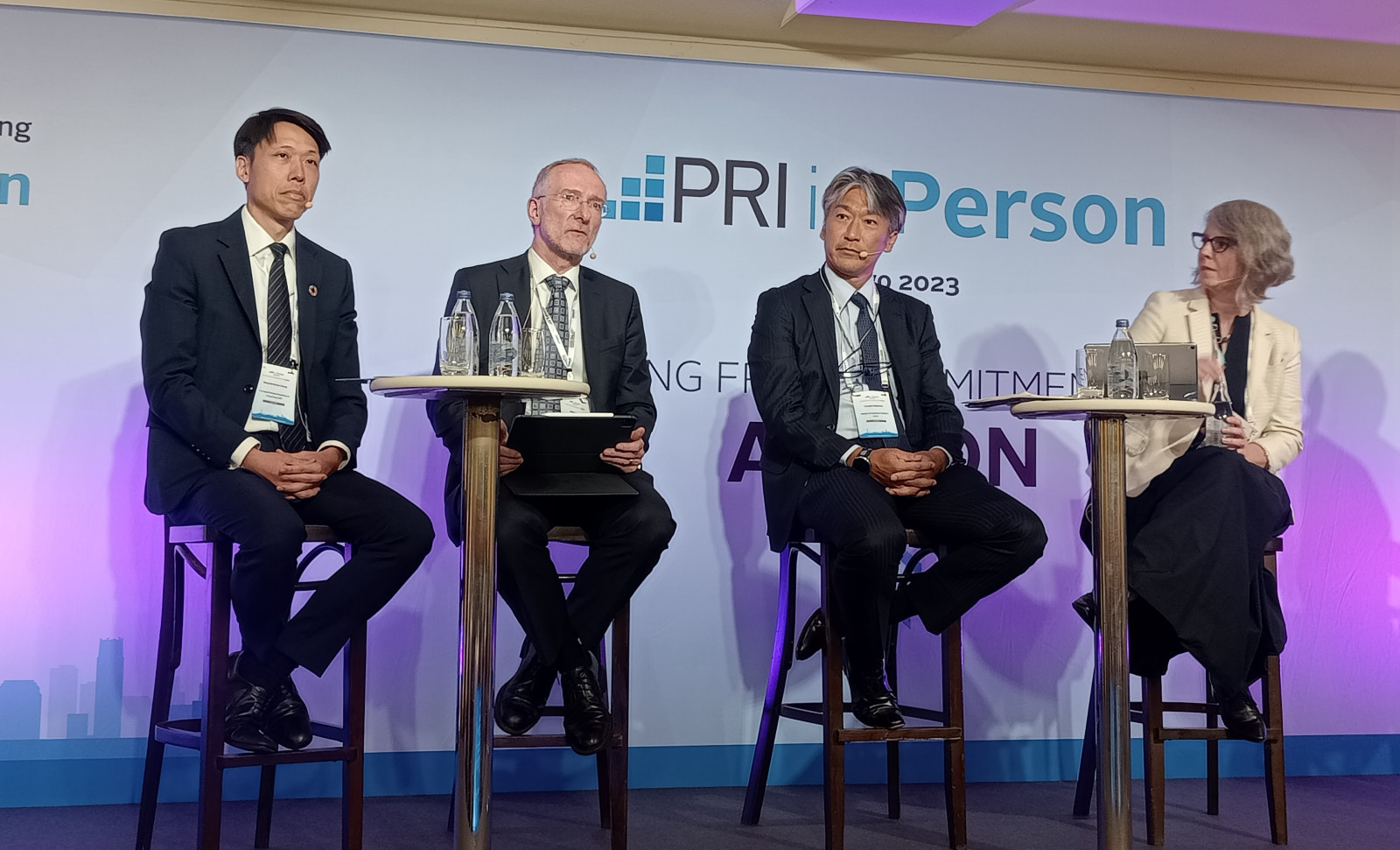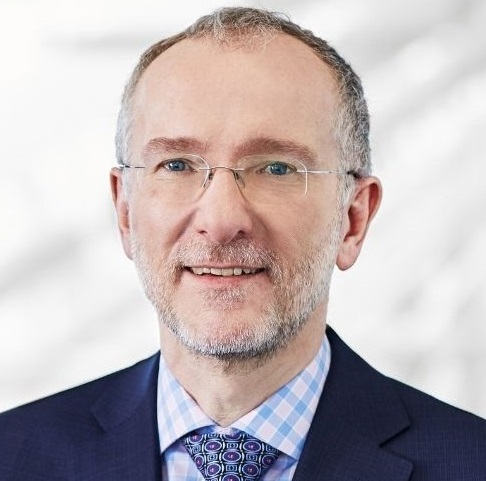
Taking stock of physical risks: investors could be in for a ‘rude awakening’
How can investors assess and manage physical climate risk and resilience across their portfolios? A range of asset owners share their approach
After an unprecedented summer of wildfires across Europe, floods in Asia and heatwaves in the U.S., how can investors assess and manage physical climate risks and support climate adaptation and resilience? It is a question on the minds of many capital owners.
According to the latest Intergovernmental Panel on Climate Change (IPCC) assessments, the world will face more severe climate risks before the end of this century, even under low-emission scenarios.
A failure to deliver timely and deep emission cuts is escalating the physical risks associated with the climate crisis.
Therefore, more and more investors agree that this necessitates ambitious, accelerated action to adapt to climate change.
Net Zero Investor's Annual Conference | 11th December 2023 | London
But one key obstacle remains: how can investors assess physical future climate risk and manage resilience across their portfolios?
A range of industry insiders debated that issue during a panel discussion at the annual event of the Principles for Responsible Investment, PRI in Person, which took place in Japan's capital Tokyo last week.
Regan Smith, managing director and head of sustainable investing real estate equity and infrastructure at Manulife Financial Corporation, which has more than C$1 trillion in assets under management, stressed it would be outright irresponsible for investors to sidestep this question.
"It is getting more intense, more frequently, and there is a real social component to this, natural disasters are hitting people in countries around the world extra hard," she shared with a packed room at the conference hall.
"And it is human nature to call for more evidence, as many investors have a fiduciary to study these risks, they are highly relevant," Smith continued, adding that particularly real estate and infrastructure face risks.

'Mission impossible'
Yasutoshi Miyamoto, general Manager ESG investment strategy at Nippon Life Insurance Company, with more than $270 billion in assets under management, said Japan may be the number one market where investors are prioritising this dilemma.
"We have faced so many natural disasters, earthquakes, floods, we have a long history with climate risks and measuring them. We check rainfall, floods, pressure, pumps, and so on and on."
Miyamoto added that "it is useful to see the bigger picture in a portfolio, but risks are highly individual so every project needs to be scrutinised individually, nearly a mission impossible."
Also, what investors need to be aware of is the difference in risks versus income versus costs.
"You need to differentiate those. It is very difficult to measure how much risk can be mitigated. We lack income side data, so that is a big problem for the future."
"It is useful to see the bigger picture in a portfolio, but risks are highly individual so every project needs to be scrutinised individually, nearly a mission impossible."

Meanwhile, Bertrand Millot, head of sustainability at Caisse de dépôt et placement du Québec (CDPQ), the C$424 billion Canadian pension fund, said asset owners have no other option than to "measure every detail."
"In my former life, as an investor in hotels in Mexico we faced floods, with one hotel out of action for an entire year. This meant physical damage but also loss of income for an extended period, these are serious investors risks. So you have to be very careful."
Millot, who recently spoke at length with Net Zero Investor about his pension fund's investment strategy, pointed out that, as a result of growing climate risks "it is increasingly clear there are certain issues with some assets being insured. And insurance [firms] can revoke coverage after one year."
Miyamoto said in agreement: "Yes, it has become much more difficult to insurance some projects, this forces us to alter our investment strategies, not so much yet but long-term yes, premiums of such insurances are jumping."
"Here in Japan we see that every day."
He said investors can conduct stress test but many property insurance companies restrict the amounts they are prepared to pay out. "So sometimes investors cannot recover all losses."
'Get the numbers right'
Hong Kong-based Bruce Chong, a director and city advisory leader at Arup, with a focus on formulating strategy and implementation plans on smart cities and resources efficiency, pointed out the value of data.
"What is important to us, all of our clients are investors in physical assets, mostly in buildings. So it is just a matter of how we can measure and insure things these days, it is more detailed, more specific," he mentioned.
Chong said that key factors are the location and drafted worst case scenarios.
"What do they mean? How likely are they? Think of high rate tunnels, vulnerable airports and so on."
"The awakening will be very rude. Even in rich countries, you can never cut out worst case scenarios, that is exactly climate change."

The design approach was also key, in Chong's view. "These models are mostly based on historical, outdated data. This makes measuring risks very unpredictable."
Chong added: "All these numbers need to be transparent, quantifiable, it is key we get the numbers right."
Bertrand questioned whether this, ultimately, impacts investment decisions.
Regan certainly thought so. "Measuring risks is all part of our very early due diligence, for a couple of years now. We tested a number of different tools out there, not one is ideal or perfect, so it’s up to the investor, the user, to fully understand and use it."
Betrand could not agree more: "We screen any investment in real assets, to identify the red flags, yellow fleg, green flag or no flag."
He elaborated: "We also screen our entire portfolio that pre-existed to identify any issues. We put the report on the desk of the CEO of the companies involved, ask them 'what are you going to do?' We expect a response and a plan."
The problem was that more needed to be done to help investors and other key stakeholders with these assessments, Megan argued.
"Certainly, we need to understand our assets better, place them into context, have more dialogues with the companies involved how to mitigate those risks."
Since risk assessments and equipment are not equipped for measuring future risks, Millot thinks the awakening will be very rude."
He concluded: "Even in rich countries, you can never cut out worst case scenarios, that is exactly climate change."
Also read
PRI in Person: anti-ESG sentiments weigh heavily on investors’ minds




